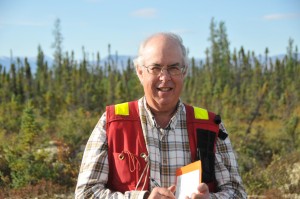
Webinar: Natural Processes for the Restoration of Drastically Disturbed Sites
Webinar: March 5, 2018 | 9:00 – 10:00 AM PDT
Natural Processes for the Restoration of Drastically Disturbed Sites
Dave Polster | Plant Ecologist | Polster Environmental Services LTD
Natural processes have been ‘restoring’ naturally disturbed sites since the beginning of vegetation on the earth over 400 million years ago. By understanding how these natural processes operate effective strategies can be developed for the treatment of human disturbances. The first step in defining restoration treatments for disturbed sites is to identify what it is that is preventing recovery. This may be simple abiotic elements such as compaction or erosion or biotic factors such as herbivory or competition. Looking at how natural systems address these constraints (filters) provides methods that can be applied to human disturbances. Treatments such as making the ground surface rough and loose (increasing topographic heterogeneity) can control erosion as well as eliminating compaction. Scattering woody debris on the surface of the rough and loose ground can help control herbivory while enhancing the recovery of the site. Excess competition is created by seeding slopes with agronomic grasses and legumes to establish the initial vegetation cover. Restoration treatments that remove this factor can assist recovery of the disturbed sites. Natural successional processes starting with pioneering species can create conditions that not only start the recovery systems on the disturbed site, but provide conditions that foster the establishment of later successional species. This paper looks at how we can apply natural processes to restore sites such as mines and industrial sites that we have disturbed. Because these systems use processes that are happening (or would happen) on the site the costs of applying these methods are significantly less expensive than traditional reclamation treatments.

